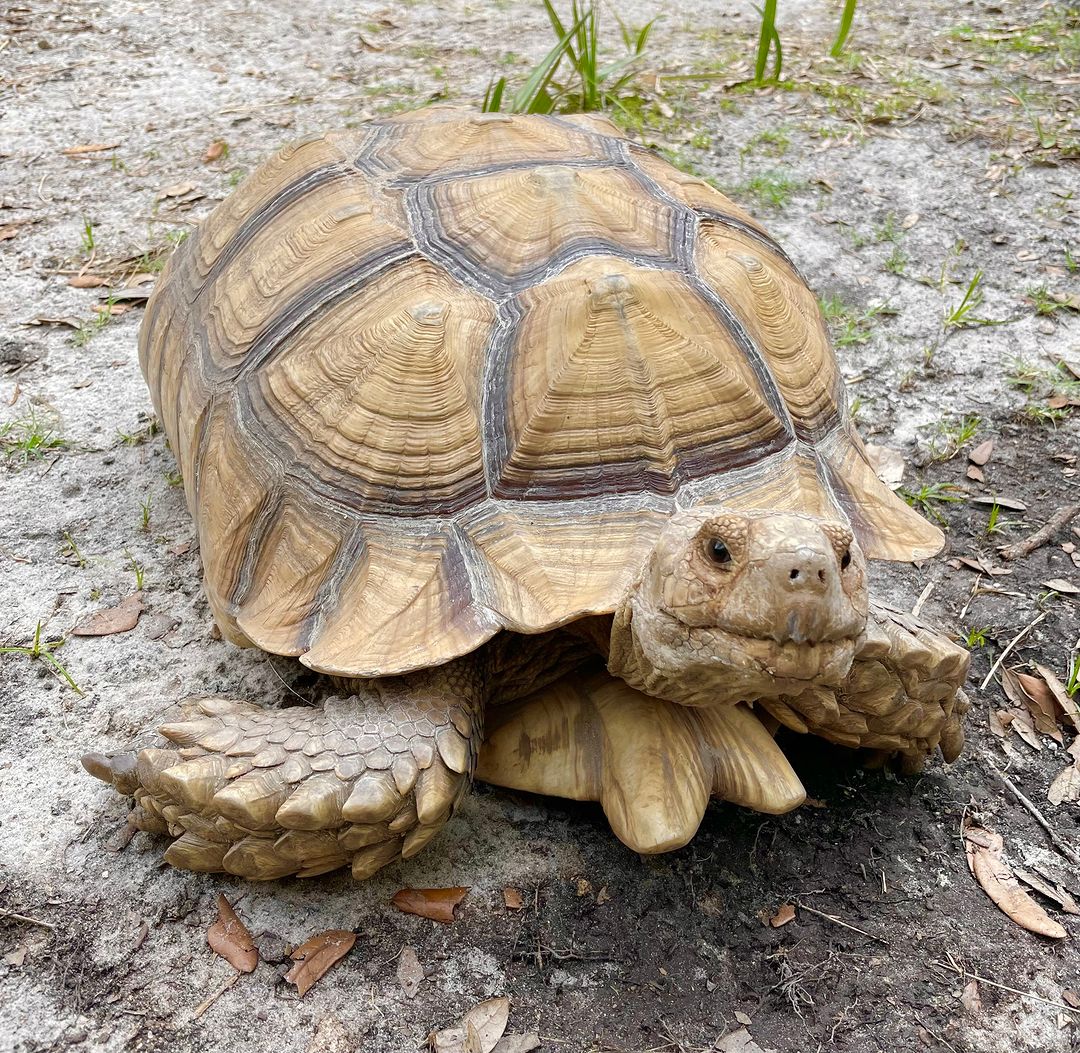Summary:
1. Bowser, the African spurred tortoise, is the third-largest tortoise species in the world.
2. They are renowned for their ability to dig impressive burrows in their natural habitat.
3. Bowser’s unique characteristics and adaptations make them fascinating creatures to observe.
4. Their lifespan, dietary habits, and mating behavior are worth exploring in detail.
5. Conservation efforts are crucial to protect the endangered African spurred tortoise population.
Our world is undoubtedly a treasure trove of extraordinary creatures, each with unique characteristics and adaptations that make them a wonder to behold. One such remarkable creature is the African spurred tortoise, known as Bowser, the third-largest tortoise species in the world. In this article, we will delve into the fascinating aspects of Bowser’s life and explore some intriguing facts about these ancient reptiles.
First and foremost, Bowser’s impressive size sets them apart from other tortoises. While they may not achieve the colossal proportions of the Galapagos and Aldabra tortoises, they still command attention. These gentle giants can reach lengths of up to 90 centimeters and weigh an astounding 100 kilograms. Their formidable appearance is accompanied by an equally remarkable habitat adaptation – the ability to dig burrows. Bowser has been known to dig burrows up to 15 meters deep and an astonishing 30 meters long! These underground hideaways protect them from predators and the extreme climatic conditions of their native African savannahs.
Regarding adaptations, Bowser has other incredible features that allow them to thrive in their natural environment. One such adaptation is their unique shell, which consists of a solid dome on their back and a hinged plastron on their belly. This sturdy armor provides them a robust defense against predators, and the ability to securely retract their heads and limbs into their shells adds an extra layer of protection. The shells also regulate their body temperature, enabling them to withstand scorching heat and freezing temperatures.
Bowser’s lifespan is another remarkable aspect worth exploring. Living to an impressive age, these tortoises can survive for up to 50 years in the wild, with some individuals even reaching 100 years or more in captivity. Their longevity is attributed to their slow metabolism and ability to endure long periods without food or water. These endurance capabilities have helped them adapt to the arid conditions of their habitat, where resources can be scarce.
When it comes to dietary habits, Bowser possesses an herbivorous palate. They indulge in various plant matter, including grasses, fruits, and succulent cacti. This specialized diet and their hard beak-like mouth are perfectly designed for chewing and grinding thorny vegetation. It is fascinating to witness these tortoises meticulously grazing on their meals, enveloping the plants with their beak-like mouths before commencing their slow and deliberate chewing.
Mating behavior in tortoises is an intriguing phenomenon, and Bowser is no exception. These creatures follow a peculiar courtship ritual that involves elaborate displays to attract a potential mate. Male tortoises engage in ritualized head-bobbing, circling, and aggressive behavior to gain the attention of a female. Once thriving, mating occurs, and the females subsequently lay their eggs in carefully selected nesting sites. These nests are dug precisely and often covered with vegetation to provide camouflage and protection. Bowser’s reproduction cycle is a captivating natural process that reflects their innate survival instincts.
Despite their awe-inspiring qualities, Bowser, and their counterparts in the wild, face numerous threats to their existence. Habitat destruction, illegal hunting for their meat and shells, and the exotic pet trade have taken their toll on the African spurred tortoise population. Conservation efforts have become crucial in safeguarding the survival of these magnificent creatures. Organizations and initiatives that focus on preserving and protecting their natural habitats and educating local communities about the importance of conservation are instrumental in their preservation. It is our collective responsibility to ensure that future generations can continue to marvel at the wonders of Bowser and contribute to the overall biodiversity of our planet.
In conclusion, Bowser, the African spurred tortoise, epitomizes the wonder and diversity of the natural world. These gentle giants captivate the imagination with their extraordinary size, impressive burrowing abilities, unique adaptations, and fascinating life cycle. We must remember the inherent value of preserving such magnificent creatures as we strive to protect and conserve their habitat. Bowser and their counterparts inspire us to appreciate the beauty of nature and encourage us to actively contribute to its preservation. Let us herald the African-spurred tortoise as a testament to our planet’s captivating wonders. Let us work together to ensure their survival for generations to come.
*****
Source Description
Bowser here is an African spurred tortoise, the third-largest tortoise species in the world under the Galapagos and Aldabra tortoises. They can dig burrows 15 meters deep and 30 meters long in their natural habitat!
.
.
.


